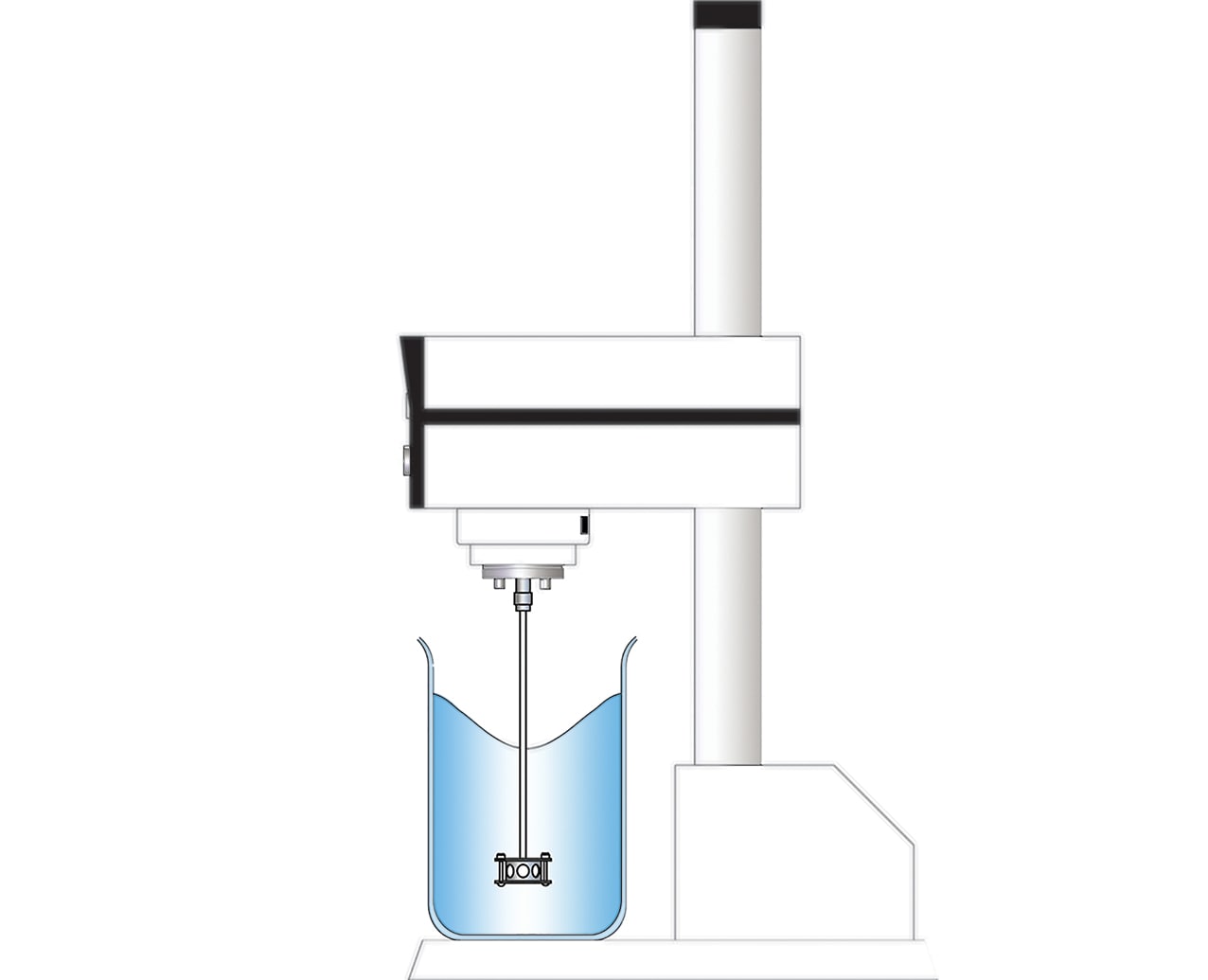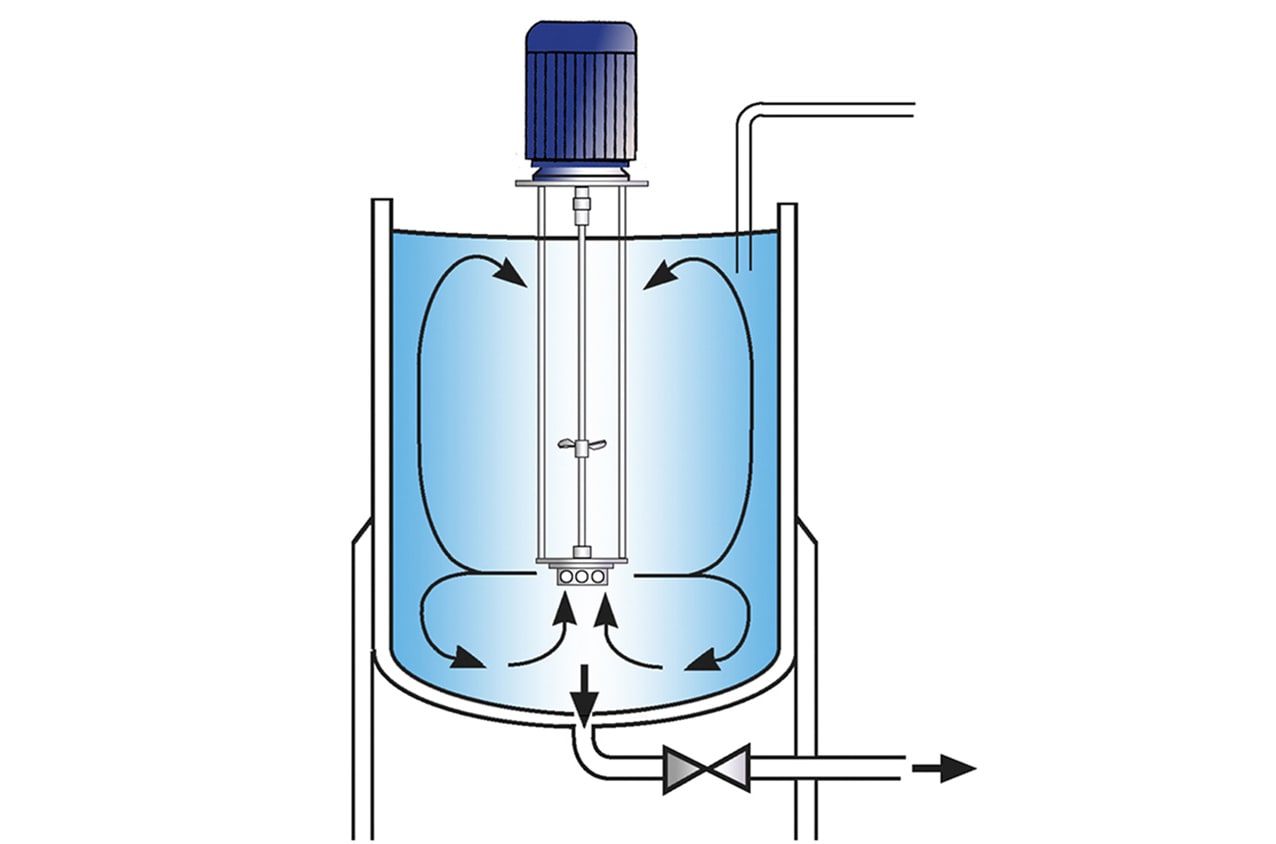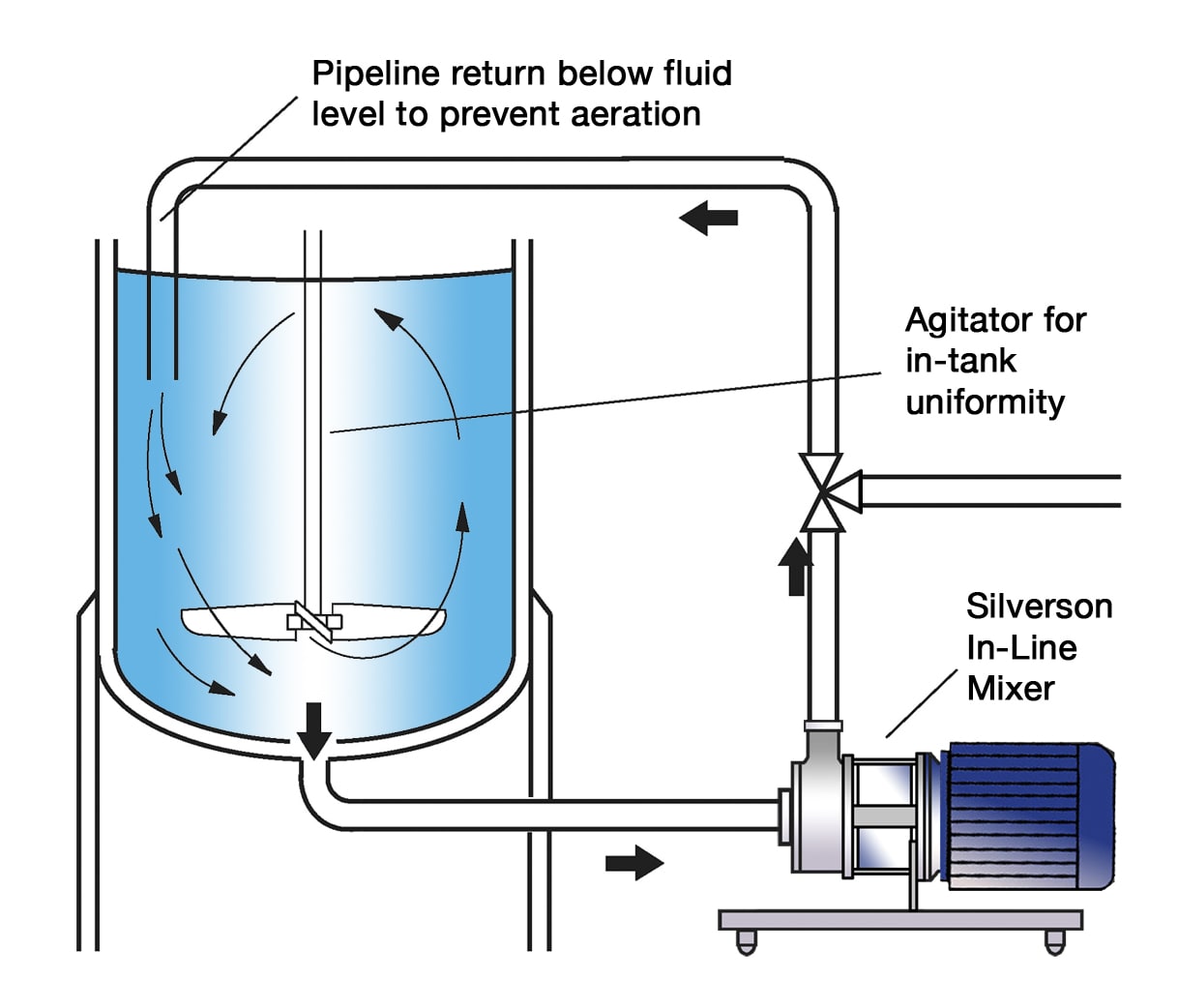Preparation of Paraffin Wax Emulsions
Wax emulsions are stable mixtures of one or more waxes in an aqueous phase liquid, usually water. In this report we look at the preparation of Paraffin wax emulsions. Paraffin wax emulsions commonly consist of micronized waxes, water and an emulsifying agent. The main application areas are polishes, textiles, wood industry, paper production and even coatings for citrus fruits such as limes and lemons.
Although this report deals with paraffin wax emulsions, other waxes such as beeswax, candelilla, and Carnuba, etc. can be processed in a similar way.
The Process
- Mixing is usually carried out at temperature, so both phases are liquid when the emulsion is formed. Jacketed vessels can be used to keep the phases in liquid form.
- The paraffin wax would be melted separately, and any other oil phase ingredients such as oleophilic emulsifiers are added before addition to the aqueous phase.
- The aqueous phase, which may include stabilizers, surfactants, coloring and antifoaming agents is prepared at a temperature matching or higher than the melting temperature of the wax to prevent the wax from cooling and solidifying when the two phases are combined.
- Once both phases have been prepared separately, the wax (oil phase) is slowly incorporated into the aqueous phase until an emulsion is formed.
The Problem
Forming a uniform, stable emulsion can be difficult and can give rise to several problems:
- To ensure stability it’s essential to obtain the smallest possible globule size. Conventional mixing equipment does not impart the shear necessary to achieve this. Instead these mixers just move the two liquid phases around and once agitation stops, the phases will separate again.
- This leads to inconsistency between batches and poor product quality.
- When working with melted wax, processing must be done quickly in order to minimize temperature loss.
- During long mixing times waxes can begin to cool and solidify, affecting the product quality and resulting in additional cleaning requirements.
The Solution
Silverson high shear mixers are ideal for this application. They can quickly and efficiently reduce both phases down to a small globule size, creating a stable emulsion which won’t separate once the shear action has been removed. Here is how it works:
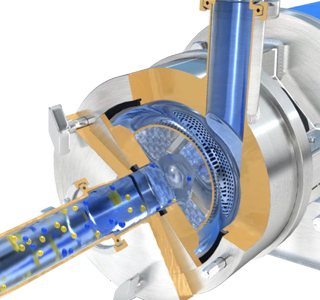
Stage 1
The jacketed vessel is charged with the aqueous phase liquid and the mixer is started. Any other aqueous phase ingredients such as stabilizers are added and incorporated into the mixer by the rotor/stator workhead. Meanwhile, in a separate vessel the wax and other oil phase ingredients are prepared.
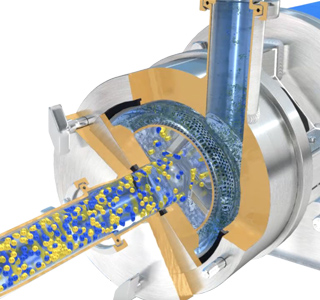
Stage 2
Once melted, the wax and other oil phase ingredients are introduced to the recirculating aqueous phase via a manifold just prior to the In-Line mixer. The two phases are immediately subjected to intense high shear action within the rotor/stator workhead. It is impossible to bypass the workhead, so the globule size of both phases is rapidly reduced.
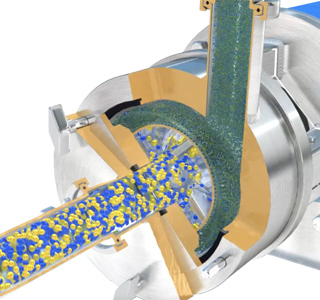
Stage 3
After a few minutes of intense high-energy mixing the two phases are finely and uniformly dispersed and a stable emulsion is formed. The product can be recirculated through the In-Line mixer and jacketed vessel until the desired product has been achieved. The In-Line mixer can then be used to discharge the vessel.
-
Stage 1

Stage 1
The jacketed vessel is charged with the aqueous phase liquid and the mixer is started. Any other aqueous phase ingredients such as stabilizers are added and incorporated into the mixer by the rotor/stator workhead. Meanwhile, in a separate vessel the wax and other oil phase ingredients are prepared.
-
Stage 2

Stage 2
Once melted, the wax and other oil phase ingredients are introduced to the recirculating aqueous phase via a manifold just prior to the In-Line mixer. The two phases are immediately subjected to intense high shear action within the rotor/stator workhead. It is impossible to bypass the workhead, so the globule size of both phases is rapidly reduced.
-
Stage 3

Stage 3
After a few minutes of intense high-energy mixing the two phases are finely and uniformly dispersed and a stable emulsion is formed. The product can be recirculated through the In-Line mixer and jacketed vessel until the desired product has been achieved. The In-Line mixer can then be used to discharge the vessel.
The Advantages
Using a high shear mixer for this application has many advantages over conventional mixing equipment:
- Typically a globule size of 2-5μm is achievable with a Silverson high shear mixer.
- Globule sizes of down to 0.5 microns can be achieved depending on the formulation.
- For aqueous systems, a Silverson mixer can be used to create stable emulsions.
- Consistent product quality.
- Agglomerate-free mix.
- Stable emulsion.
- Rapid mixing times.
There are three types of mixer from the Silverson product range which we would recommend for this application. The suitability of which is dictated by individual processing requirements, including batch size and formulation:
Laboratory Mixers
- Ideal for smaller batches and R&D work
- Will forecast the performance of equivalent production scale mixers
- Easily interchangeable workheads allow the mixer to be used for more than one application and process
- Easy to operate and easy to clean
High Shear Batch Mixers
- Suitable for batches of up to 400 US gallons
- Can be used on mobile floor stands
- Small units available for R&D and pilot production
- Can easily be moved from vessel to vessel
- Easily cleaned
High Shear In-Line Mixers
- Ideal for larger batches
- Minimized aeration
- Easily retrofitted to existing plant
- Self-pumping
- Jacketed models available to prevent heat loss during mixing
- High Viscosity models available
- Must be used in conjunction with an efficient in-tank agitator to prevent localized mixing
- Can be used to discharge vessel
